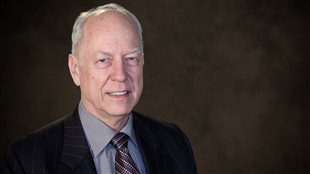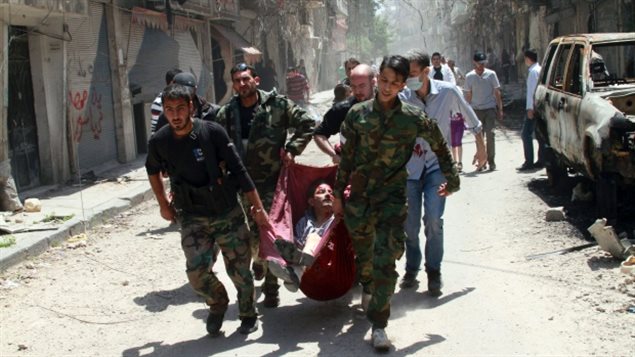This is the 10th anniversary year of the 2005 World Summit in which the concept of international Responsibility to Protect (R2P) was endorsed. It advanced the idea that state sovereignty was not an absolute and as such gives the world community the right and moral responsibility to intervene in the case of “national authorities manifestly failing to protect their populations from genocide, war crimes, ethnic cleansing and crimes against humanity
Paul Heinbecker was a long time Canadian diplomat, foreign policy advisor to Canadian government and also had input into the Human Security agenda and Responsibility to Protect (R2P) . He is currently a distinguished fellow at The Centre for International Governance Innovation (CIGI) an independent, non-partisan think tank on global governance. He is also Head of the Centre for Global Relations at Wilfred Laurier University in Waterloo, Ontario
Listen
The three pillars of the responsibility to protect, as stipulated in the Outcome Document of the 2005 United Nations World Summit (A/RES/60/1, para. 138-140) and formulated in the Secretary-General’s 2009 Report (A/63/677) on Implementing the Responsibility to Protect are:
1 The State carries the primary responsibility for protecting populations from genocide, war crimes, crimes against humanity and ethnic cleansing, and their incitement;
2 The international community has a responsibility to encourage and assist States in fulfilling this responsibility;
3 The international community has a responsibility to use appropriate diplomatic, humanitarian and other means to protect populations from these crimes. If a State is manifestly failing to protect its populations, the international community must be prepared to take collective action to protect populations, in accordance with the Charter of the United Nations. The international community would intervene through coercive measures such as economic sanctions. Military intervention is considered the last resort and authority for force rests with the UN Security Council
As Paul Heinbecker points out, the concept of R2P was developed in large part by Canada’s Lloyd Axworthy a former Minister of Foreign Affairs..
At a discussion in 2014 at the University of Toronto, Mr Axworthy, who was Canada’s former Minister of Foreign Affairs and a leader in the development of R2P said, “I think that’s the trick pony in R2P – a challenge to sovereignty per se,” said Axworthy, who is credited with helping to develop the R2P concept. “Sovereignty is earned by protecting its citizens. And if it doesn’t protect its citizens — or itself becomes the predator — then its right to sovereign protection is problematic.”
Heinbecker notes that it remains a real challenge as to when and to what degree the international community should intercede, most especially on a military level. He also says that the instant access to media and constant reporting on conflicts has a tendency to make them sound more dangerous or threatening than they may actually be.
He also says that UN peacekeeping or peacemaking as is more often the case, has been keeping many situations under control. As he says, “There’s no headline when you succeed, the headlines come when you fail.”







For reasons beyond our control, and for an undetermined period of time, our comment section is now closed. However, our social networks remain open to your contributions.